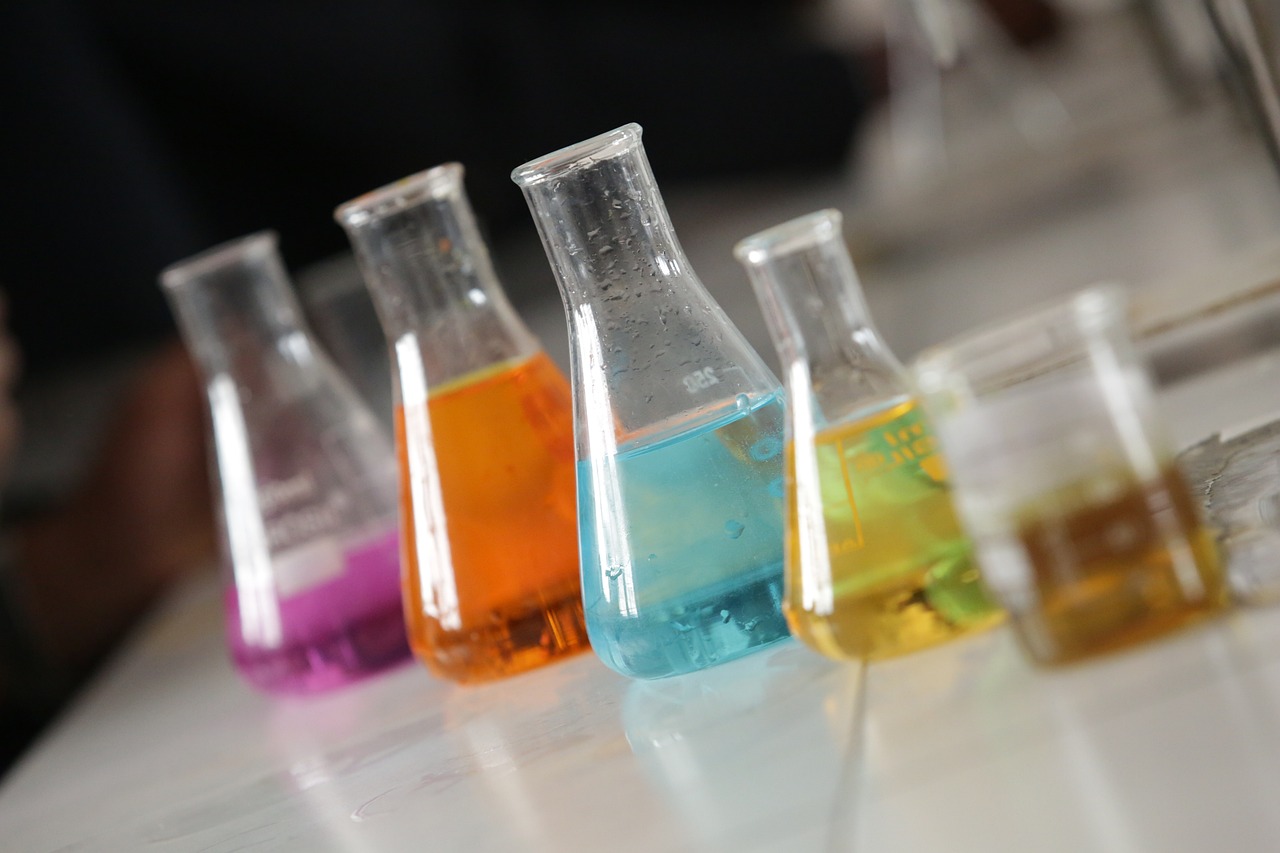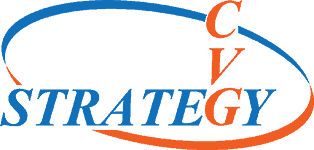
Contamination by Fluids, MIL-STD-810 Method 504 evaluates equipment’s ability to withstand exposure to various chemical agents that equipment may come in temporary contact during its life cycle. These chemicals include oils, insecticides, coolants, disinfectants, fire extinguishants, de-icing and anti-freeze fluids, oils, solvents and cleaning fluids.
Chemicals can have a wide number of effects on the operation and reliability of equipment. It can among other things, compromise surface coatings, cause failure of gasket materials, compromise insulting materials, cause swelling of rubbers and plastics, and induce corrosion.
Health Warnings
The chemicals used for fluid contamination can be injurious to health and unsafe for the environment. Care should be taken as specified in suppliers Safety Data Sheets (SDS). Appropriate Personal Protective Equipment (PPE) should be used when using these chemicals. This test procedure involves mixing of chemicals and, upon occasion, applying them at high temperatures.
Care must be taken to ensure that harmful reactions do not occur and that ignition of the chemicals does not occur. This procedure should only be performed by personnel that have received appropriate training. Additionally, chemicals used in this testing must be disposed of in accordance with federal, state, and local regulations.
Contamination by Fluids Exposures
Three levels of exposure are defined in MIL-STD-810:
- Occasional – For occasional the test item is to be exposed to the chemical(s) for 5 to 10 minutes. If this exposure is to be at above ambient temperature based on typical life cycle environmental exposure then the item is to be held at temperature for 8 hours.
- Intermittent – Intermittent exposures to chemicals are for 8 continuous hours. The test item is then to be air dried with the chemical for 16 hours at the temperature identified in the Life Cycle Environmental Profile (LCEP) plus one hour at ambient.
- Extended – For extended contamination the test item is to be exposed for 24 hours, held at specified temperature for 8 hours and then brought to ambient temperature.
Test Temperatures
Equipment can be often be exposed to chemicals at elevated temperatures when operated. This exposure could be normal or accidental such as a hydraulic fluid leak. When this is the case it is important to consider the flash point of chemicals involved and potential evaporation so that ignition does occur and adequate ventilation is applied.
Test temperatures may also be lower than ambient when expected environmental conditions during exposure are expected as would be the case when exposed to de-icing agents.
Contaminant Fluid Groups
Method 504 – Contamination by Fluids contains a list of chemicals used in military applications. This is a useful tool, as the list provides most of the commonly used chemicals along with possible uses and source documents. There may be other chemicals, however, that have been identified in the LCEP process. If this is the case be certain that the test facility has access to all necessary information for those chemicals.
Detailed Environmental Test Plan Templates
CVG Strategy offers EZ-Test Plan Templates for MIL-STD environmental (climatic/dynamic) and EMI/EMC testing documentation. Our Detailed Environmental Test Plans (DETP)s are written as specified in MIL-STD-810 Task 405. They are available for specific applications such as Ground Mobile, Ground Stationary, and Shipboard Controlled, Shipboard Uncontrolled, and Aircraft Military.
These DETPs include appropriate test methods, (such as MIL-STD-810 Contamination by Fluids) addendums for product specific information, test labels for photo identification and data sheets for collection of required data. Profile (LCEP).
Our Electromagnetic Interference Test Plans are written as specified in MIL-STD-461. They contain the test methodology, addendums for product specific information, test labels for photo identification and data sheets. These plans are available for procedures listed in MIL-STD-461 and are also available for MIL-STD-1275, MIL-STD-704, and MIL-STD-1399-300.
Custom Test Plans are also available for applications not covered in the EZ-Test Plan offerings. These plans can be written for any number of applications and their relevant standards.
Put CVG Strategy’s Experience to Work for You
Companies of all sizes, from start up to established product developers, face challenges in product test and evaluation. This can particularly be the case when a product is developed for a new market sector or expanding sales internationally.
Properly tested products prevent costly product recalls, product redesign, and product liability. They maintain customer satisfaction and keep your company’s reputation in good standing. Contact CVG Strategy to see how our testing services can assist your engineering team with Contamination by Fluids MIL-STD-810 testing or any other test and evaluation concern.
MIL-STD-810 Training Classes
CVG Strategy MIL-STD-810 classes will provide you with the ability to develop and conduct an environmental test program. Our two-day course not only provides you with valuable information about climatic and dynamic test methods but also includes training in the methodology to correctly apply test tailoring relevant to the test item’s expected life cycle.
This course is available online or onsite. Ample time is available for questions and comments so that participants are encouraged to keep engaged. Check here for our online Training Registration Schedule.


